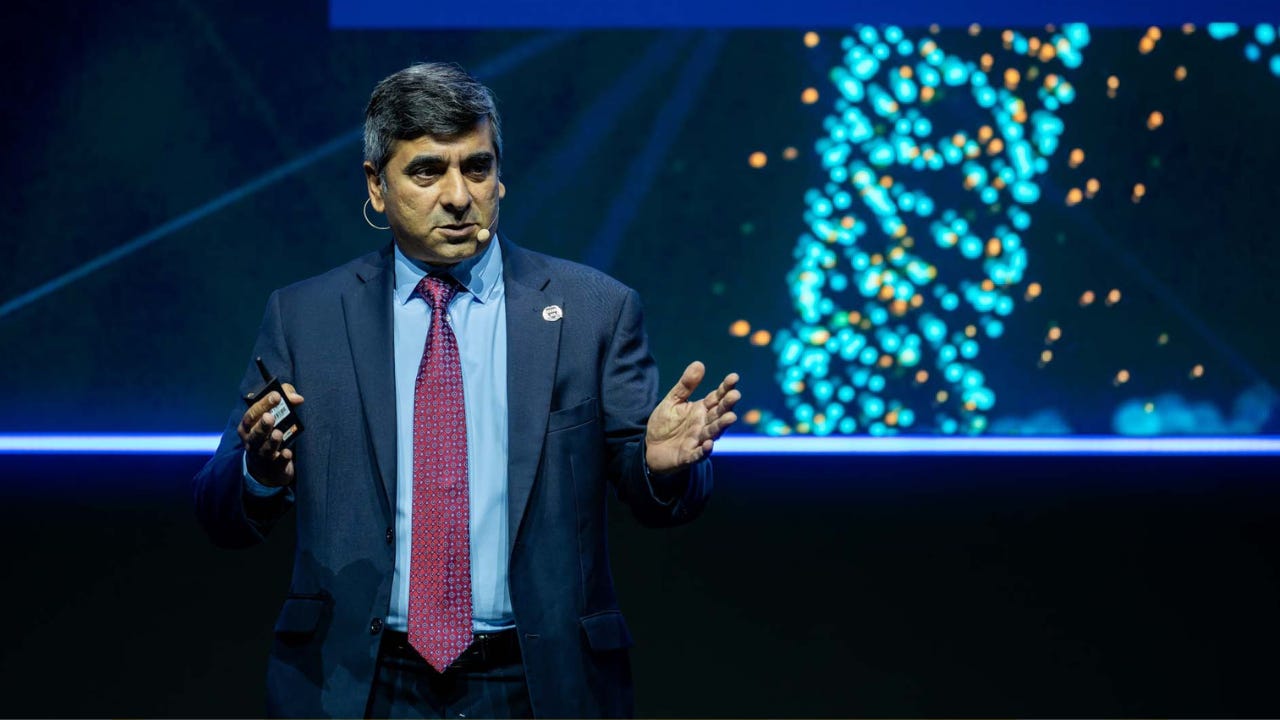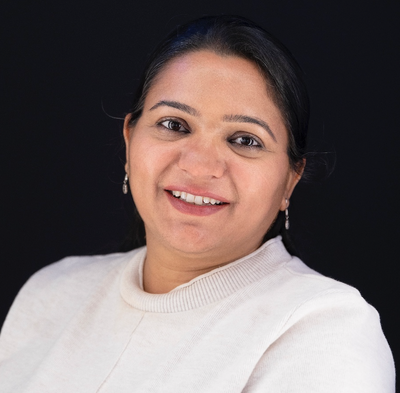Health AI needs real-world data and portability to become more effective
Treating data as civic infrastructure and building health information exchanges that move data safely across borders should be the next frontier to improve public health.

Artificial intelligence is racing ahead in healthcare, but the true bottleneck isn’t model architecture but the data that feed it, argued Dr Anjum Khurshid, Director and Associate Professor at the Harvard Pilgrim Health Care Institute and Harvard Medical School, at at the WHX Tech-EHS summit.
Dr Khurshid used his keynote address at the event to reframe the AI debate from model performance to data reality, and told the audience that trustworthy AI in medicine won’t come from cleverer models alone but from cleaner, more representative data, plumbed through health-information exchanges and governed with local consent.
“AI is as good as the data used to train it, and the data used to implement it,” he said. “Flawed, fragmented or biased data lead to flawed outcomes, and in healthcare those outcomes can be dangerous.”
On population health, where the promise of AI is to move beyond single-patient decision support into triage, resource allocation and quality improvement across entire cohorts, Dr Khurshid noted that it requires models to work on treatment outcomes — to know what actually happened to patients rather than solely rely on published literature or exam-style knowledge.
“We don’t train doctors by asking them only to read papers,” he argued. “We train them on real cases and outcomes. Medical AI should be trained the same way.”
From algorithmic accuracy to clinical relevance
The case for caution is well-rehearsed, but Dr Khurshid revived it with sharp examples: algorithms that performed well on paper yet encoded hidden biases or spurious signals (a pneumonia model that latched on to metallic tokens on X-rays rather than clinical features); and studies showing that small amounts of data poisoning can ruin performance in ways that are hard to detect. Even where evaluations exist, he warned, they are too often “single-country, single-site, small-sample” trials with scant demographic reporting.
“Are we really evaluating AI models rigorously from the perspective of the outcomes we want? The honest answer is: we’re working on it.”
That “we” includes the Centre for AI and Biomedical Informatics at Harvard Pilgrim, which focuses on real-world implementation for population health and on combining structured and unstructured streams, which includes notes, images, waveforms and video, into multi-modal tools that can scale from the bedside to the whole hospital.
The vision is deftly practical: emergency departments triaging dozens of arrivals simultaneously; health systems spotting deviations from standard care across hundreds of cases; and planners allocating staff and budgets with a clearer, fairer view of need. But none of it is possible, he said, without longitudinal, representative data that follow patients across providers and time.
The case for health information exchanges
That is where the unglamorous infrastructure matters. In the United States, health information exchanges (HIEs), which have been increasingly re-cast as health data utilities, aggregate clinical records from thousands of hospitals and clinics, normalise formats across electronic health record systems, and begin to integrate social determinants of health. According to Dr Khurshid, HIEs are both a technical and a legal solution: a neutral layer that enables secondary use of data while navigating privacy and consent.
“The challenge isn’t just access, it’s trust,” he said. “Local governance, multi-stakeholder collaboration and rigorous monitoring are essential if we are to use secondary data for population-level AI.”
Dr Khurshid sees promise in decentralised, federated networks that keep data where they reside but send models to the data combined with governance that engages patients and communities. That approach, he suggested, travels well beyond the US and could underpin cross-border collaborations, provided laws and norms are respected locally.
For the UAE, which has invested in national health information systems, that message lands as opportunity rather than critique. Dr Khurshid praised what he called “visionary leadership converted into implementation” and pointed to the region’s potential to integrate datasets across geographies and providers, creating the longitudinal records that population-level AI requires.
“Population health requires diverse, representative and longitudinal data,” he said. “It’s easier to collect from one system; it’s harder to ensure representativeness. That effort must start early, before we deploy sophisticated models.”
Treat data quality as a public-health issue
If there was a single provocation, it was to recast data quality from a technical chore to a public-health imperative. “Data quality is not just for researchers or data scientists,” Dr Khurshid said. “It affects resource allocation, clinical outcomes and patient safety. Industry has to partner with us to get the pipeline right—from completeness and representativeness to provenance and privacy.”
Dr Khurshid also talked about medical super-intelligence, systems that do not merely suggest diagnoses but simulate downstream outcomes of alternative treatments for this patient, helping clinicians personalise decisions with a quantitative view of risk and benefit.
“We should be training AI on treatment outcomes so it can help providers decide which strategy will deliver better results for a specific patient.”
Collaboration over replacement
Closing the day, Dr Kalthoom AlBlooshi, Chief Innovation Officer at Emirates Health Services, struck a complementary note, emphasising that technology’s real impact depends on people and process.
“Technology alone is not enough,” she told delegates. “The future of healthcare AI will be defined by collaboration between people, processes and innovation. Physicians and employees empowered with AI will replace those who are not.”
Her concluding message stressed on patient-centred, privacy-first, and grounded in governance resonated with Dr Khurshid’s call to treat data as civic infrastructure. Both leaders agreed, the next breakthroughs in health AI will be less about model novelty and more about the plumbing, i.e., exchanges that move data safely, laws that earn consent, and disciplined evaluations.

WHX Tech
Sep 14, 2026 TO Sep 16, 2026
|Dubai, UAE
Join us at WHX Tech in Dubai—where digital healthcare innovation meets real-world impact. WHX Tech brings together healthcare leaders, tech innovators, and investors to tackle the industry's biggest challenges and shape the future of healthcare.


